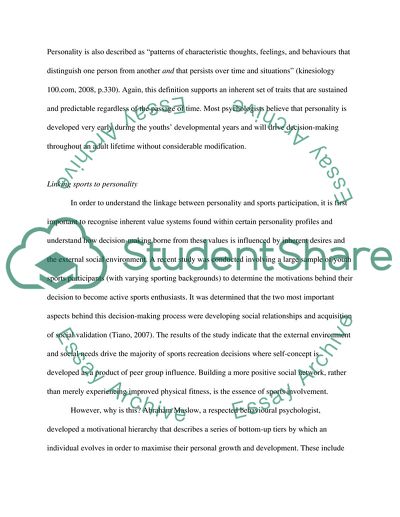Cite this document
(The Relationship between Personality and Sports Participation Essay, n.d.)
The Relationship between Personality and Sports Participation Essay. Retrieved from https://studentshare.org/sports-and-recreation/1744800-the-relationship-between-personality-and-sports-participation
The Relationship between Personality and Sports Participation Essay. Retrieved from https://studentshare.org/sports-and-recreation/1744800-the-relationship-between-personality-and-sports-participation
(The Relationship Between Personality and Sports Participation Essay)
The Relationship Between Personality and Sports Participation Essay. https://studentshare.org/sports-and-recreation/1744800-the-relationship-between-personality-and-sports-participation.
The Relationship Between Personality and Sports Participation Essay. https://studentshare.org/sports-and-recreation/1744800-the-relationship-between-personality-and-sports-participation.
“The Relationship Between Personality and Sports Participation Essay”, n.d. https://studentshare.org/sports-and-recreation/1744800-the-relationship-between-personality-and-sports-participation.


